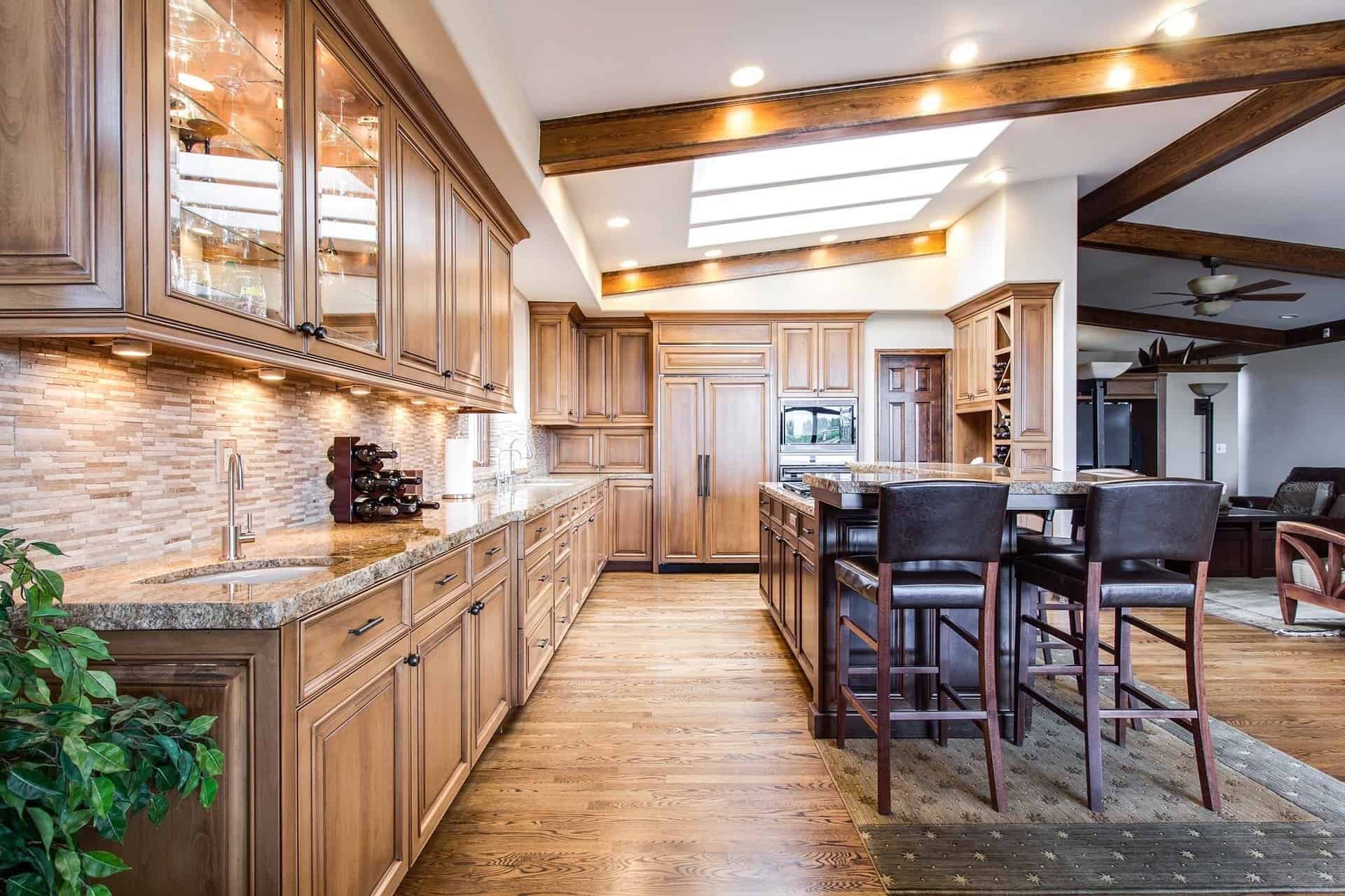Textured walls can add depth and character to a room, but when they go wrong, they can become eyesores that haunt homeowners for years. From lumpy finishes that resemble cottage cheese to accidental glitter explosions, the world of textured walls is fraught with potential disasters[1]. It’s like trying to frost a cake blindfolded – you might end up with a masterpiece, or you might create something that looks like it crawled out of a DIY nightmare.
Let’s dive into the world of textured wall mishaps, where good intentions pave the way to interior design hell. These cautionary tales serve as reminders that sometimes, smooth and simple is the way to go. After all, you don’t want your living room to feel like you’re trapped inside a popcorn ceiling!
Recent research has shown that textured walls can significantly impact the perception of spaciousness in a room. A study published in the journal “Building and Environment” found that rooms with textured walls were perceived as less spacious than those with smooth walls of the same size. Interestingly, the effect varied depending on the type of texture, with some materials like linen having less impact on perceived space than others like wood.
Here’s a table outlining 16 textured wall disasters, along with explanations and potential fixes:
| Disaster | Explanation | How to Fix |
|---|---|---|
| Popcorn Overload | Excessive popcorn texture making walls look dated | Scrape off texture, sand, and repaint |
| Glitter Explosion | Unintended sparkle from glitter in paint | Sand down and repaint, or embrace the disco look |
| Orange Peel Gone Wild | Overly pronounced orange peel texture | Sand down high spots and reapply lighter texture |
| Knockdown Knockout | Poorly executed knockdown texture | Smooth out with joint compound and retry |
| Swirl Sickness | Dizzying swirl patterns | Sand down and start over with a simpler texture |
| Stucco Stuck-o | Interior stucco that’s too rough | Smooth out with a skim coat of joint compound |
| Venetian Plaster Disaster | Uneven or patchy Venetian plaster | Sand and reapply, or cover with smooth plaster |
| Textured Wallpaper Woes | Bubbling or peeling textured wallpaper | Remove wallpaper and repair wall before reapplying |
| Sponge Paint Splatter | Messy sponge paint application | Paint over with a solid color or try a new technique |
| Faux Finish Fail | Poorly executed faux finish | Sand down and repaint with a simpler finish |
| Stipple Stumble | Uneven stipple texture | Sand down high spots and reapply evenly |
| Crackle Catastrophe | Crackle finish that looks more like peeling paint | Sand down and start over with a different finish |
| Rag Rolling Wreck | Rag rolling that looks like a bad tie-dye job | Paint over with a solid color or try a new technique |
| Spray Texture Splatter | Overspray creating unwanted texture | Sand down overspray and reapply carefully |
| Textured Ceiling Creep | Texture that creeps onto walls or trim | Carefully scrape and sand edges, then touch up |
| Lace Pattern Lament | Delicate lace pattern that looks like a doily explosion | Sand down and repaint with a simpler texture |
While these textured wall disasters can be frustrating, they’re not the end of the world. With a little elbow grease, some patience, and perhaps a sense of humor, most can be remedied. Remember, even professional painters and designers have their off days – the key is learning from mistakes and moving forward.
In the end, whether you choose to embrace texture or opt for smooth walls, the most important thing is that your space feels like home. And if all else fails, there’s always the option of hanging so much art that no one notices the walls anyway. After all, a little distraction can go a long way in interior design!
Discover more from Futurist Architecture
Subscribe to get the latest posts sent to your email.



